At home entertainment
Started watching Daisy May Cooper in ‘Rain Dogs’ (love her). First episode has a great phone box experience (although there isn’t currently a phone box in that spot in Picadilly Circus).
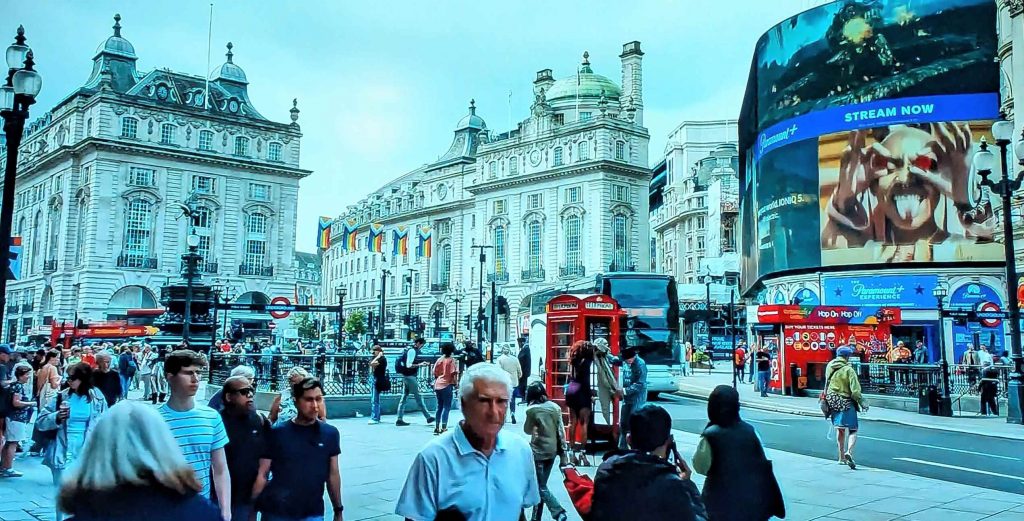
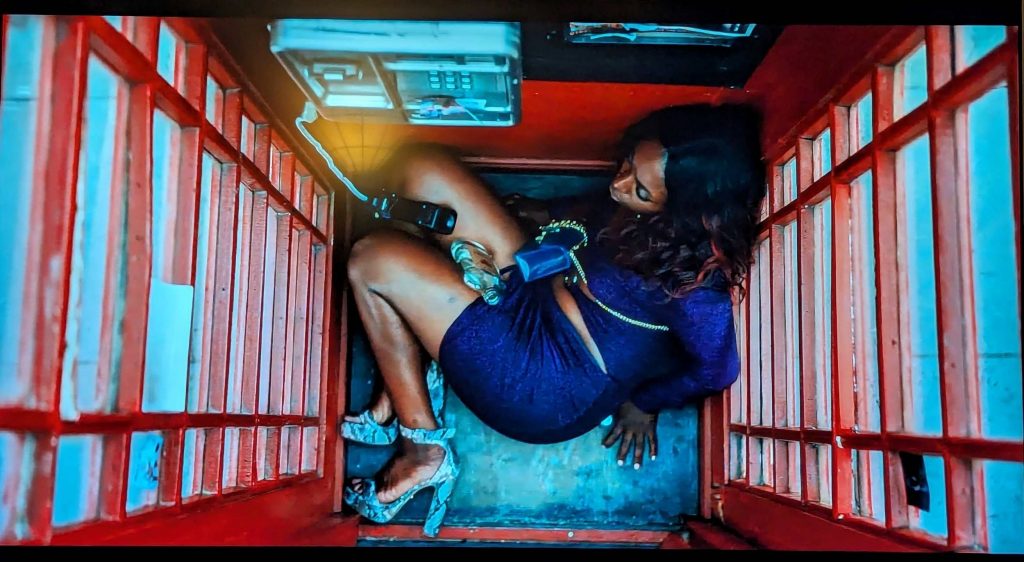
A few more television images
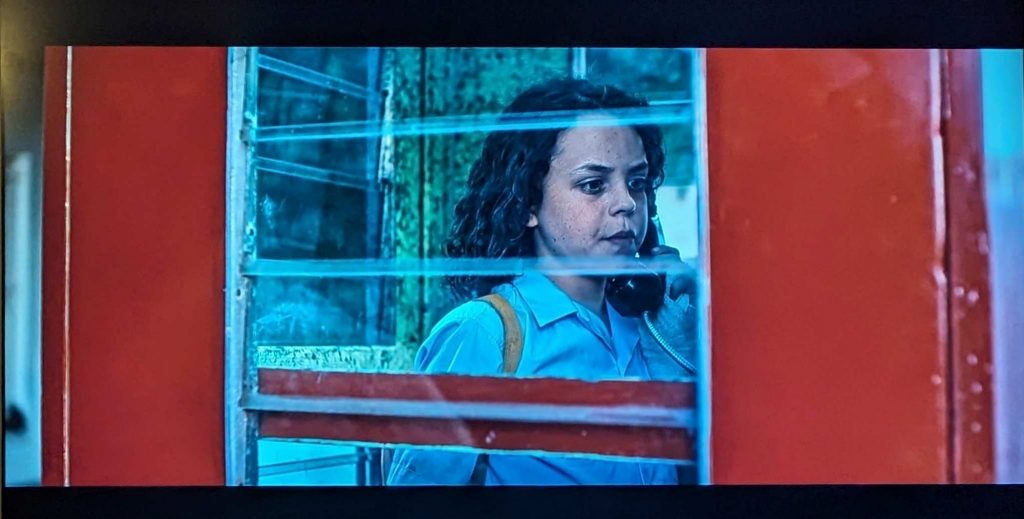
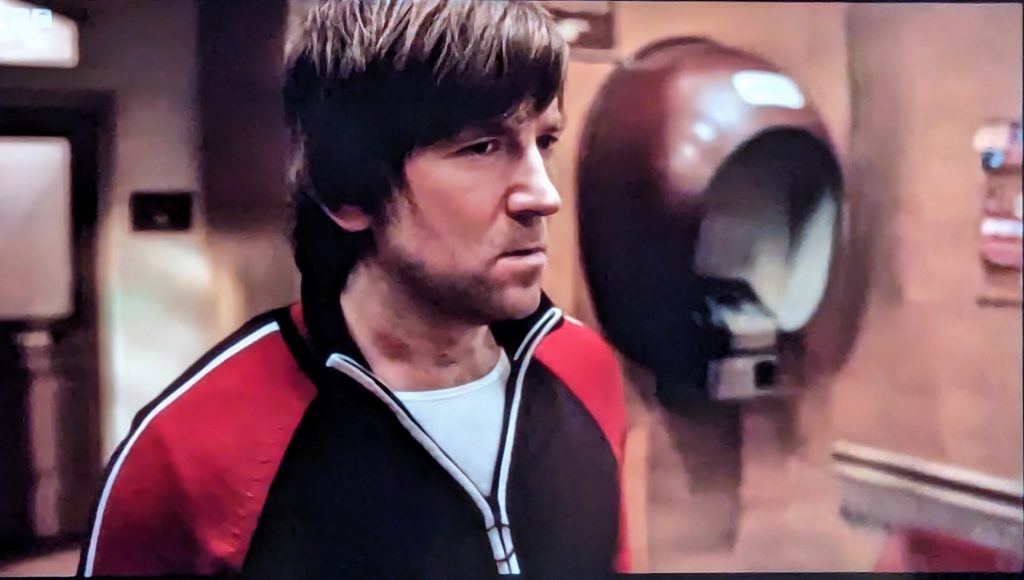
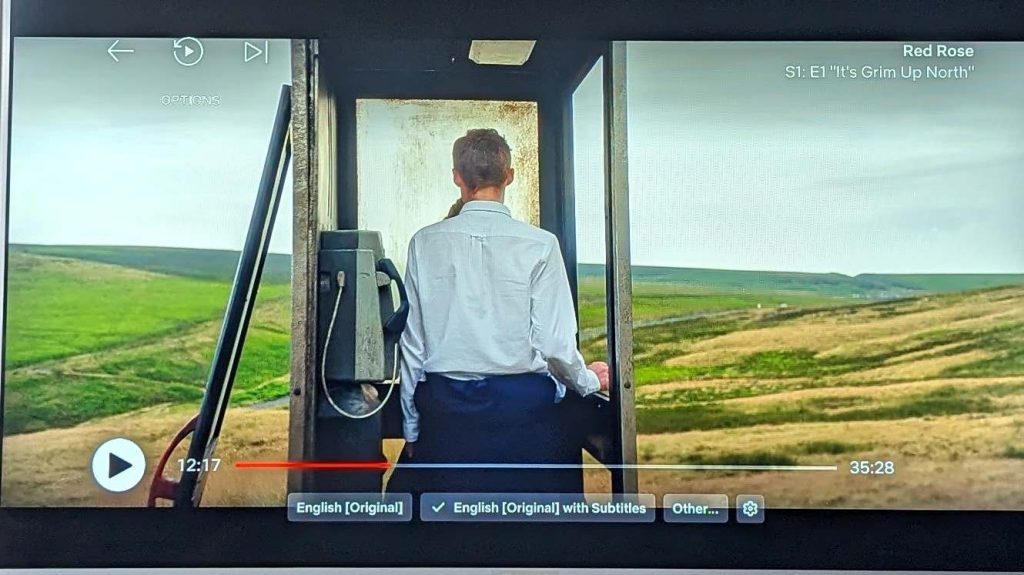
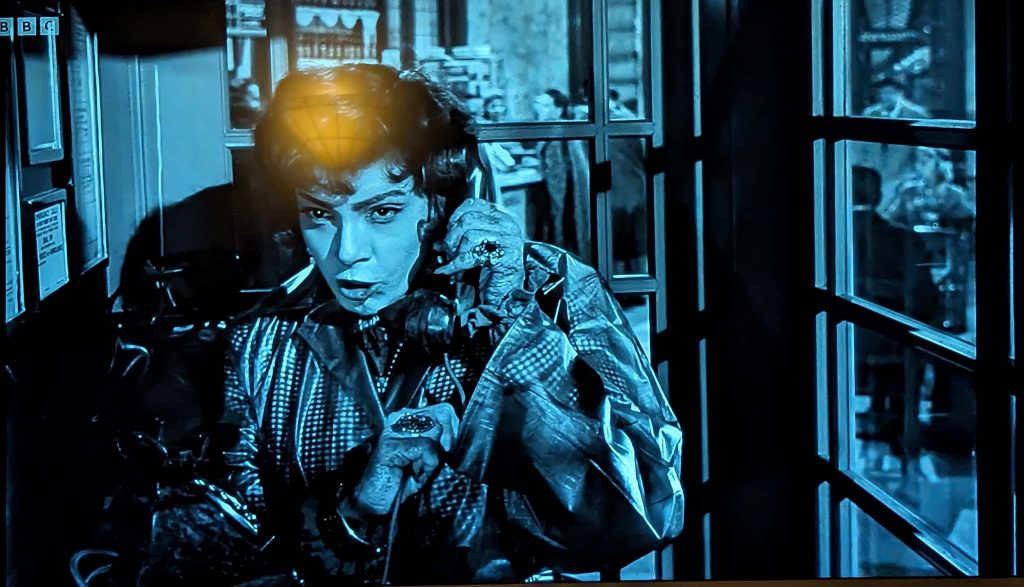
Synchronicity
For the last couple of years, on the Tube going to work, I have passed a groovy phone cover at Hyde Park Corner. I kept telling myself I’d get off one day and take a photo but as I was on my way to work I never got round to it. Last month I thought – I’d better take a photo from my seat when we stop. I did. Then only two weeks later I noticed it was gone! Honestly, the cover must have been there for decades and then within a couple for weeks of me taking a photo, gone! Synchronicity at work. If I’d left it any longer I’d have missed my chance. Maybe this is the only photo of the phone cover at the end of the platform on the Piccadilly Line going west at Hyde Park Corner.
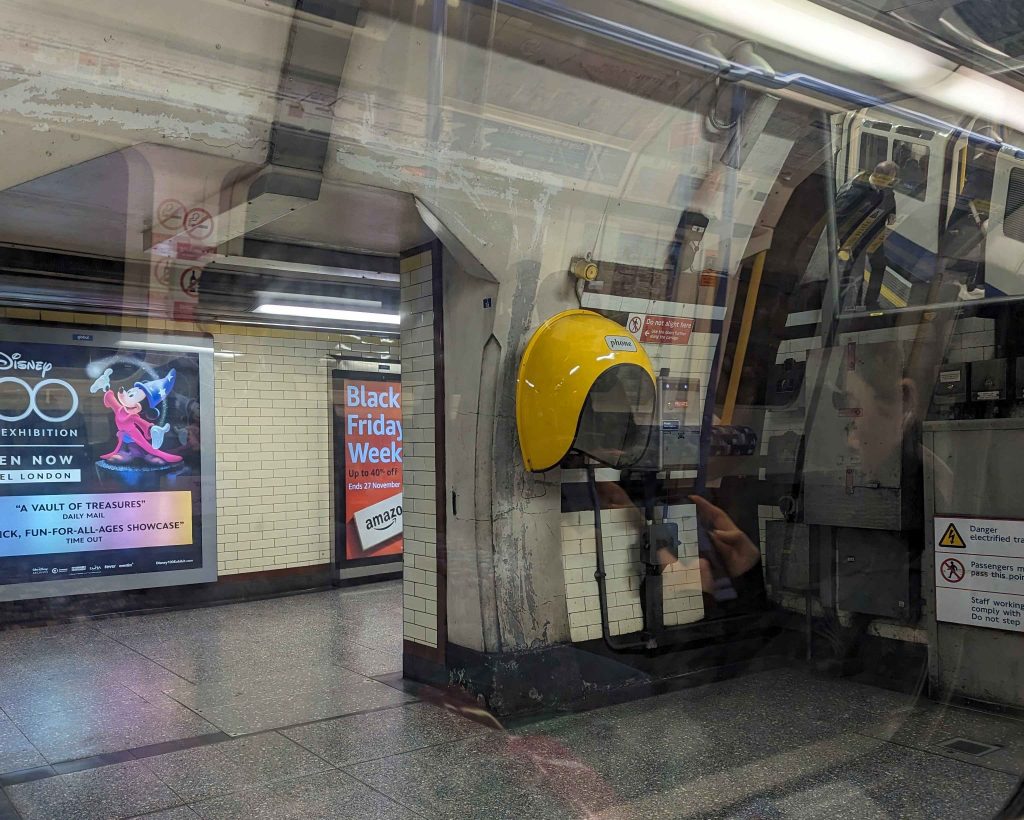
Venice
Why not?
The phone box continues to inspire
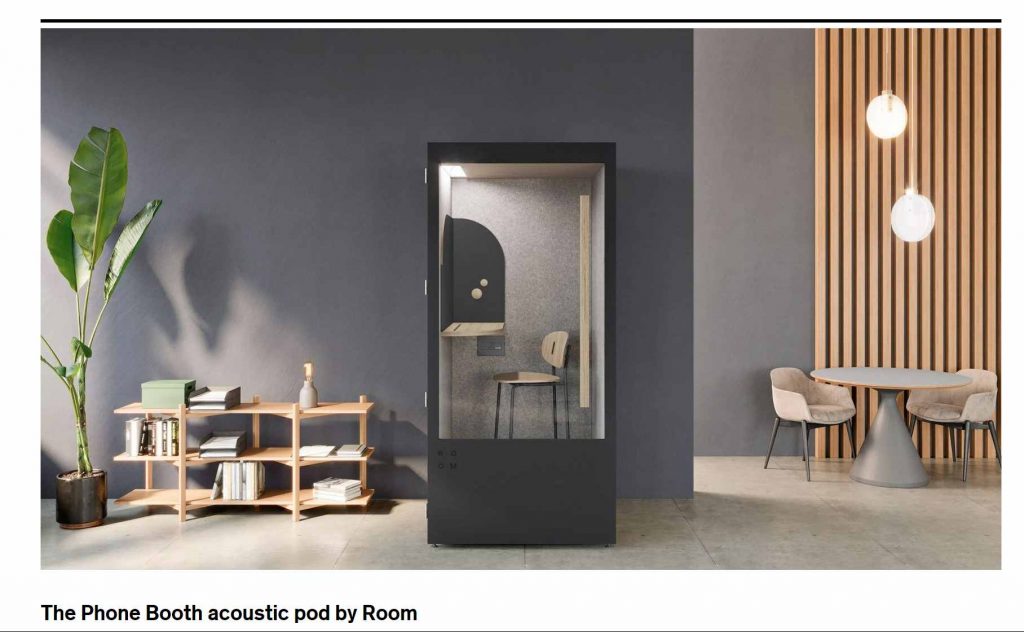
From Dezeen: workplace furniture company Room has created a single-person acoustic pod that provides solo workspaces in open-plan offices. The first product designed in Room’s catalogue, The Phone Booth is characterised by its trio of sound-dampening material layers that work together to reduce noise by 30 decibels, according to the brand.
The booth is clad in sound-blocking MDF and lined with sound-absorbing PET felt made from recycled plastic bottles. 100 per cent natural wool finishes also help to control noise levels. There is an LED light mounted in the ceiling along with two ultra-quiet fans that keep the air inside clean. Both the light and fans are controlled by a smart sensor.
The booth is delivered flat-packed and can be assembled in an hour by two people using only one tool, and it can also be moved between locations easily once assembled given its flexible design. The Phone Booth comes in two colourways, light and dark, and punctuated with oak accents.

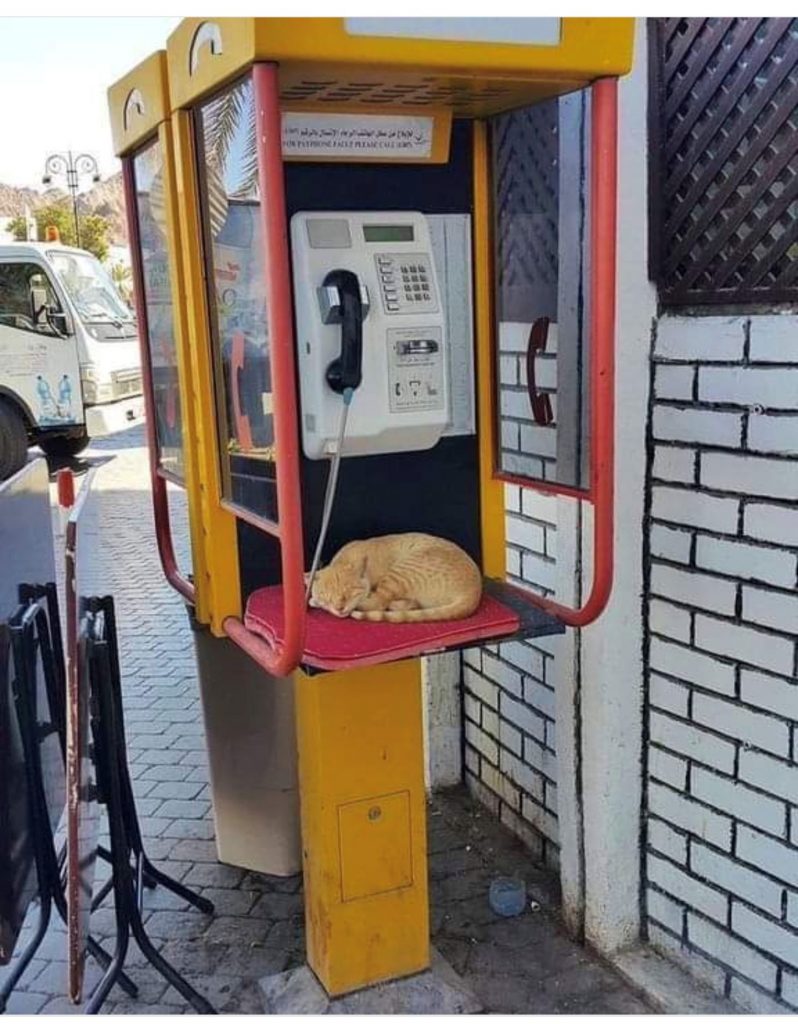
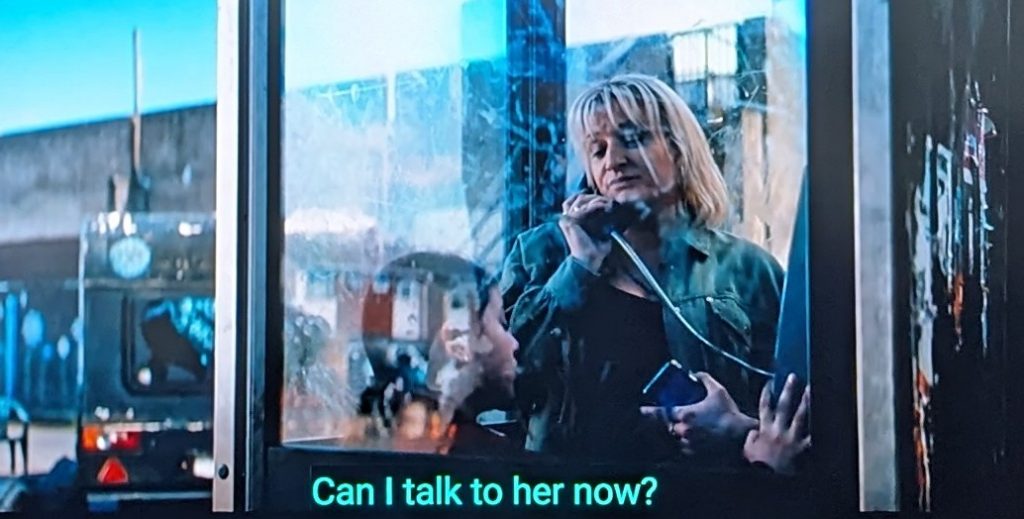
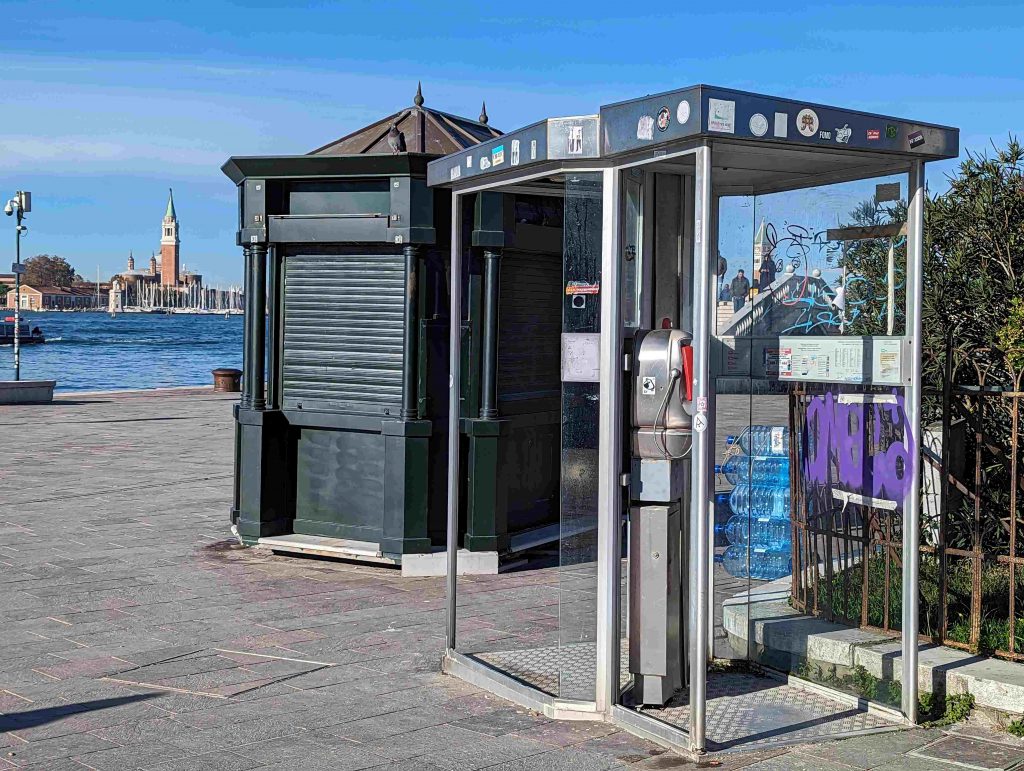
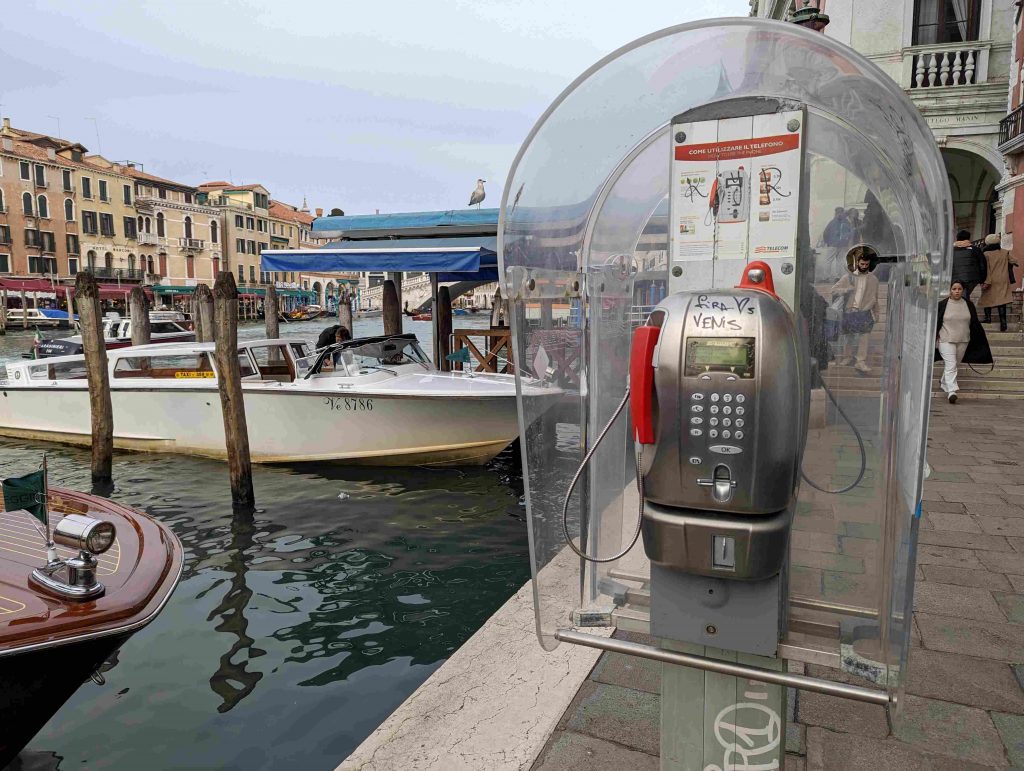
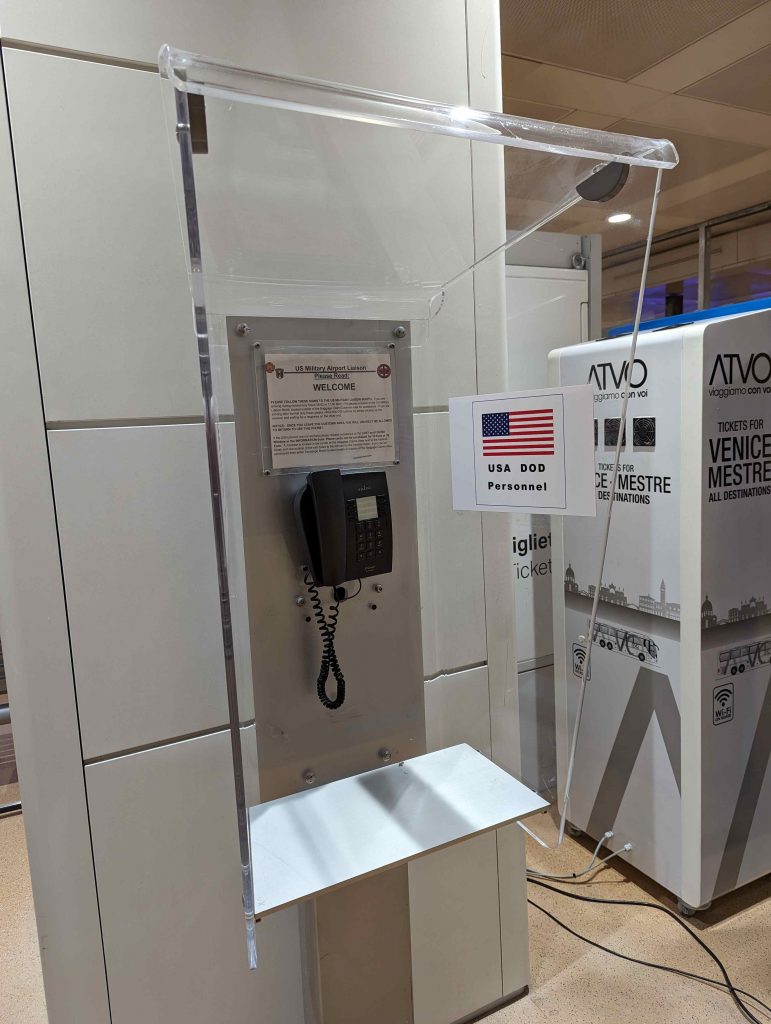
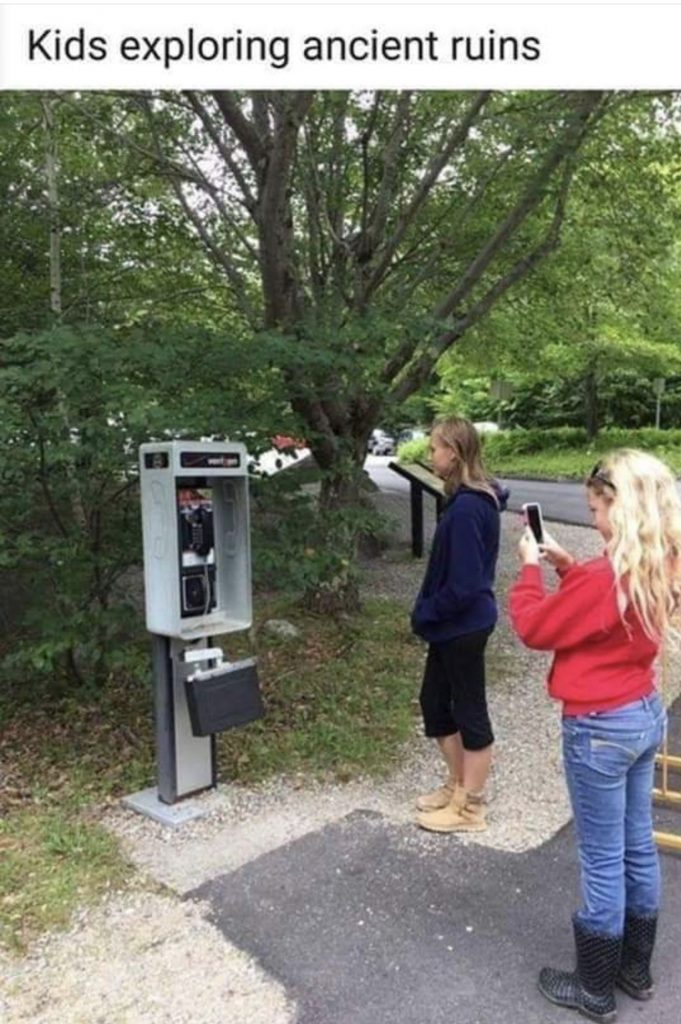
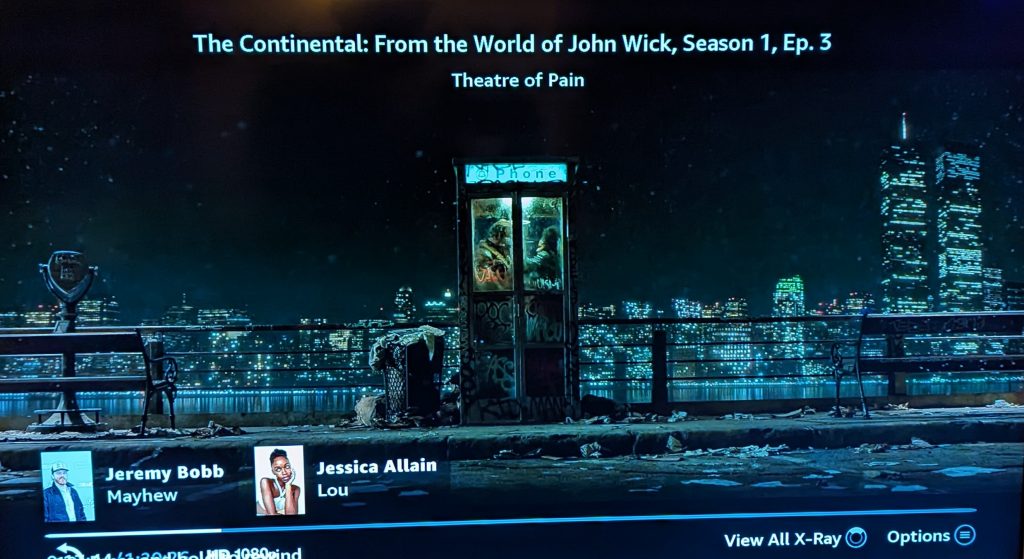
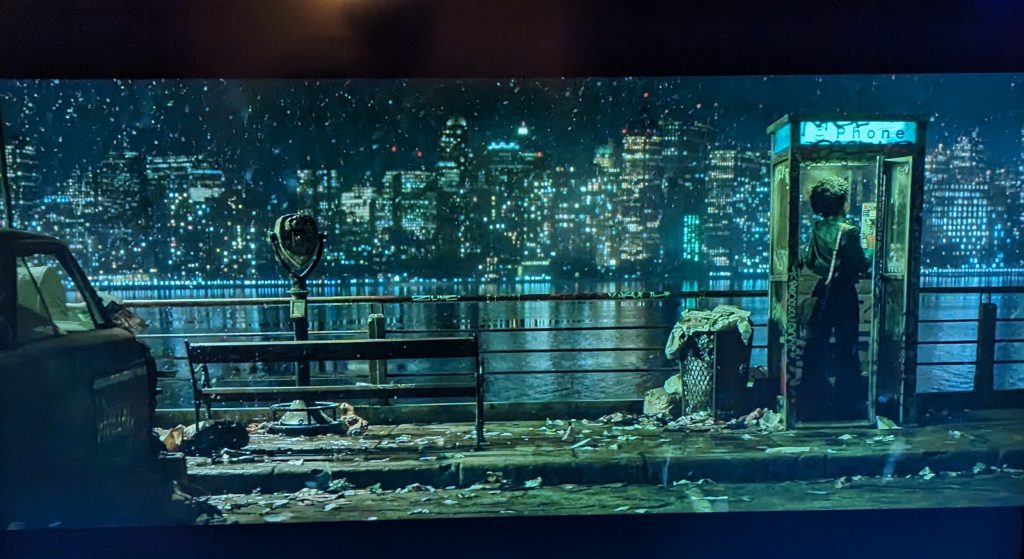
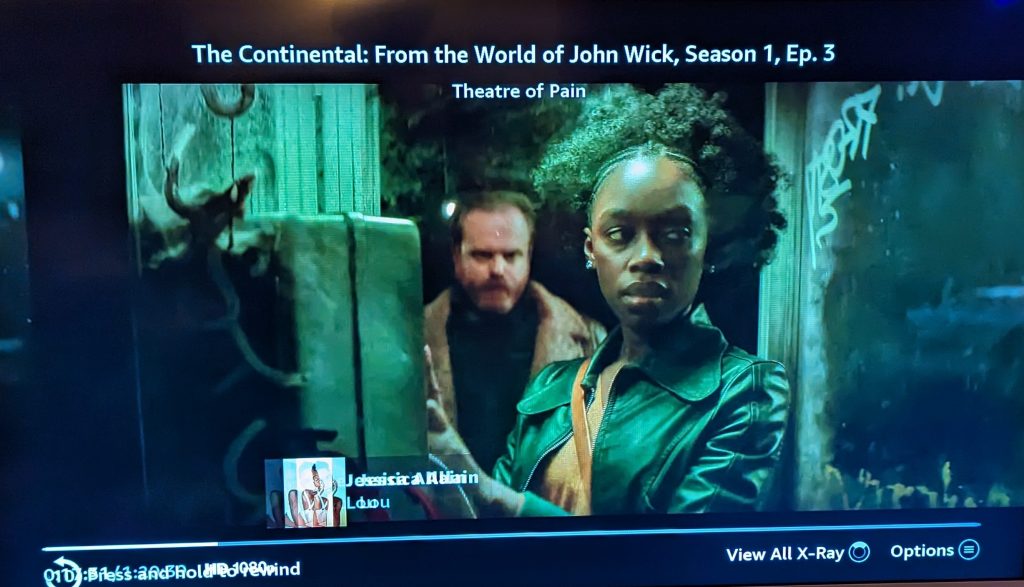
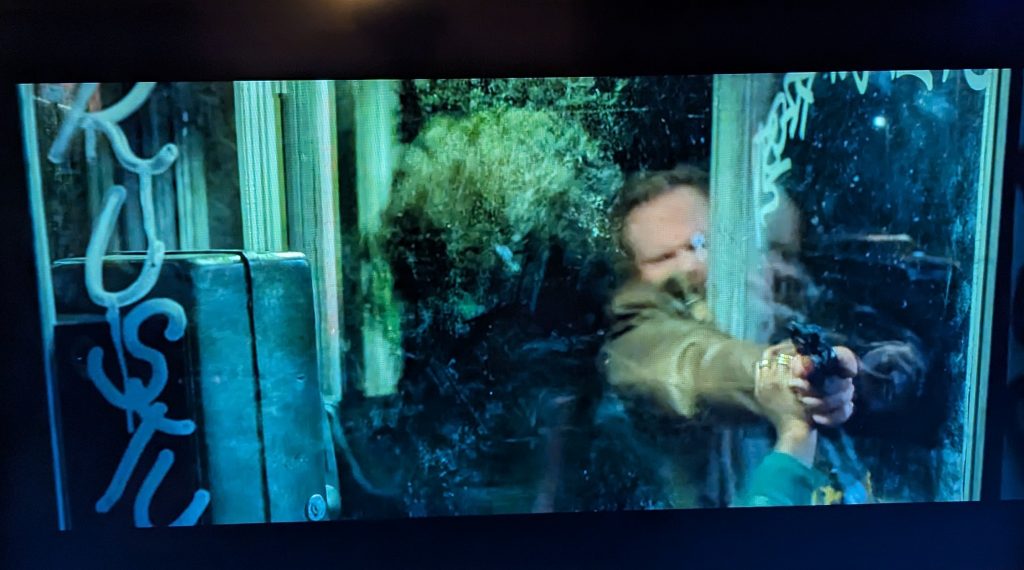
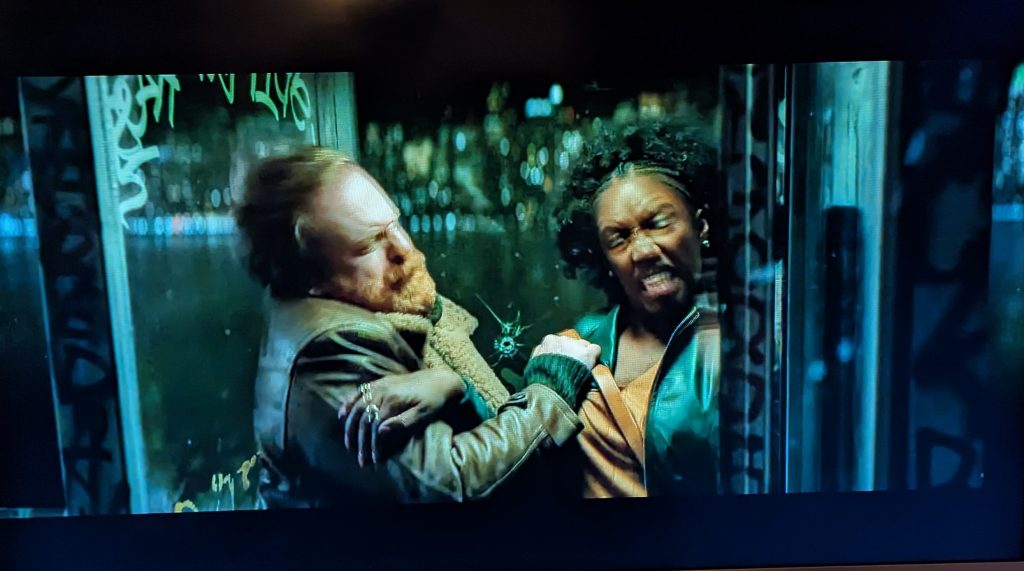

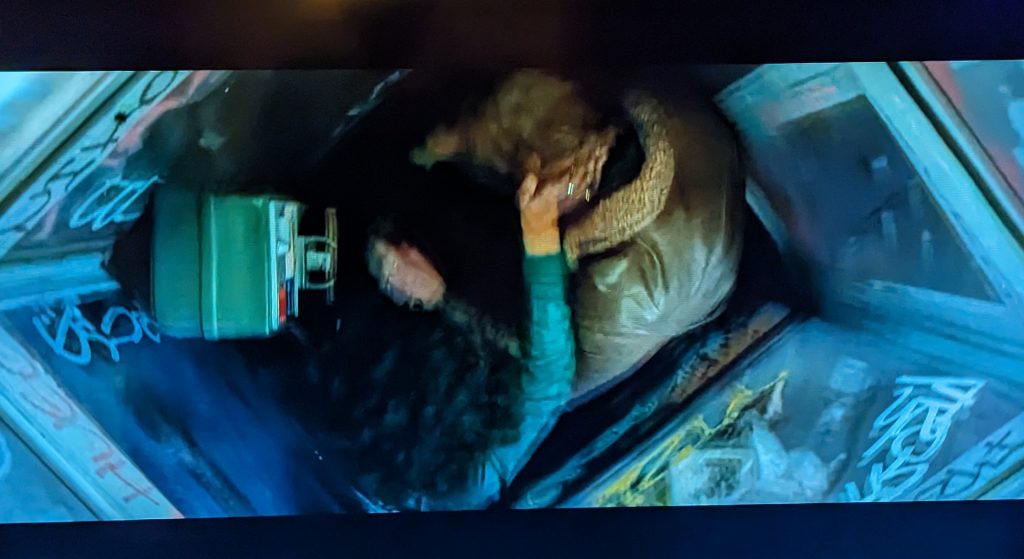

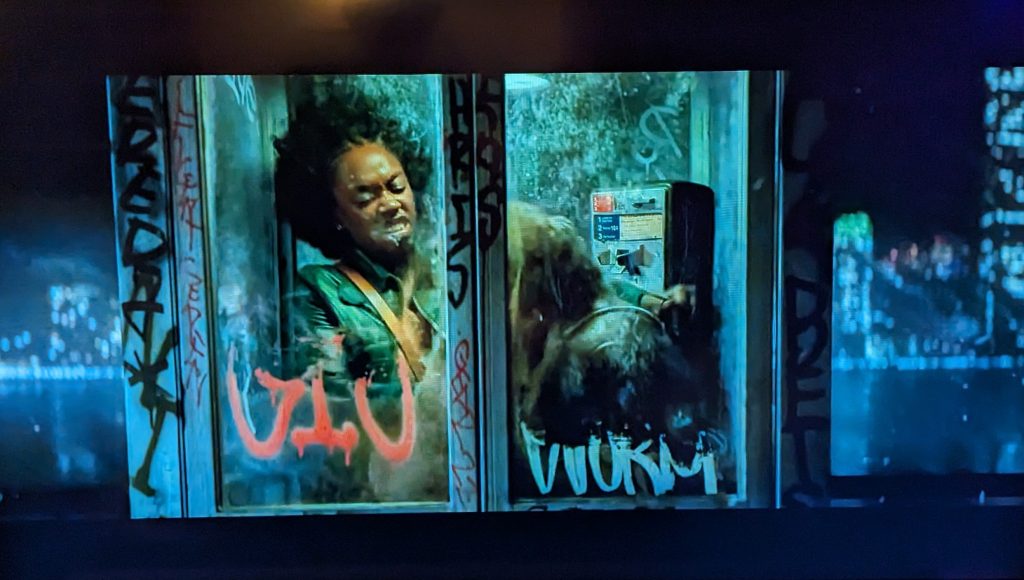
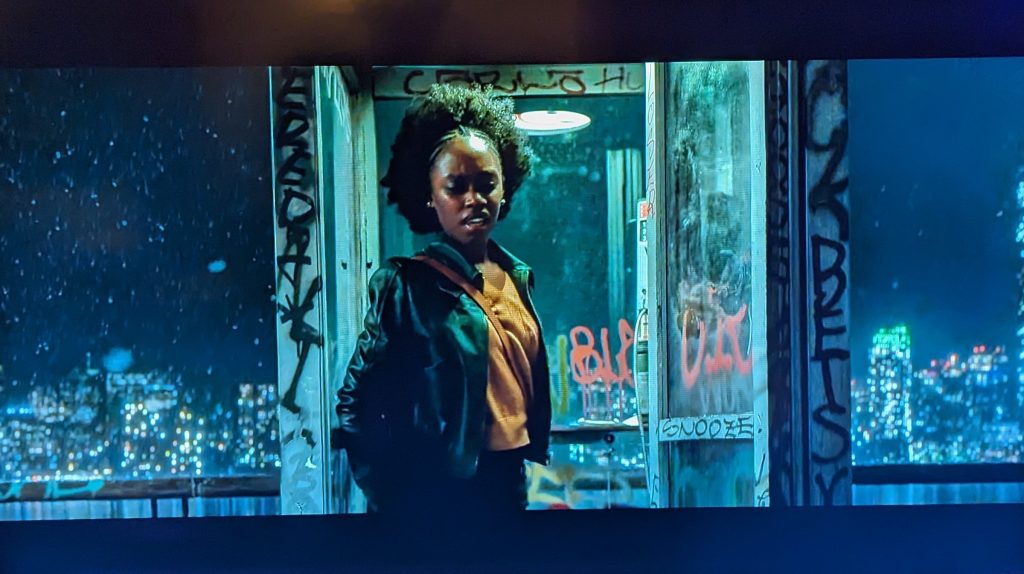

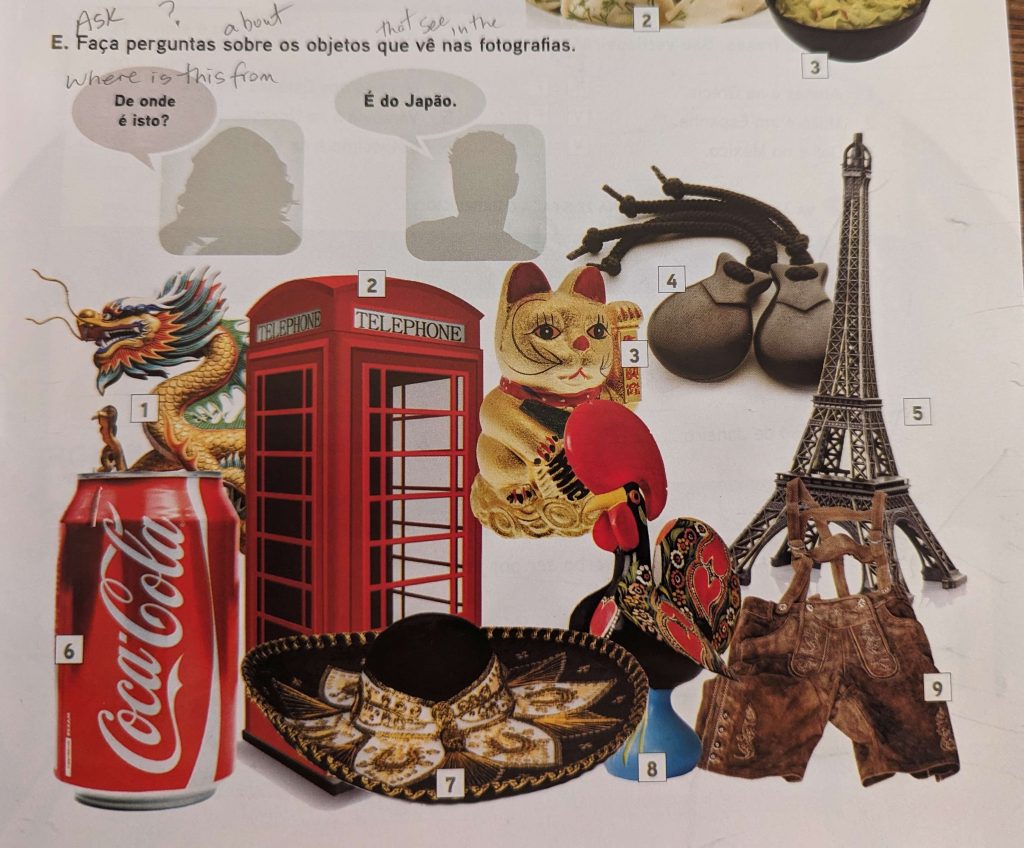
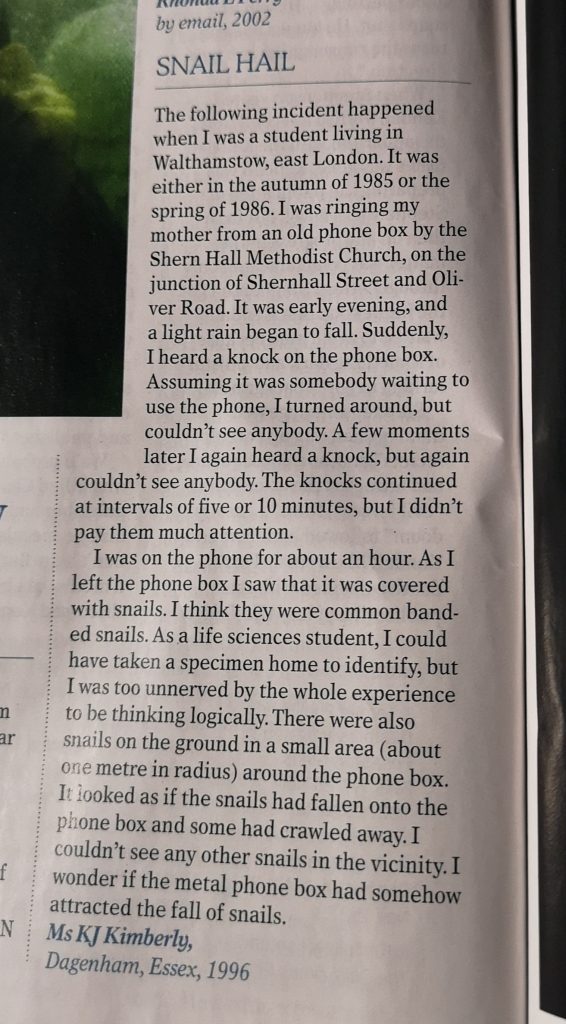
Found in the archives
I came across an exciting find in the archives recently – a tv script from June 1992 entitled ‘BT Payphones’. Written by Crystal Images, likely for the tv show Tomorrow’s World, it includes scenes extolling the virtues of the payphone and selling it’s latest development, such as multiple payment methods. It seems that by the early 1990s our favourite red box was already seeen as ‘quaint and traditional – a unique symbol of Britain’s heritage’.
Here are a couple of screen shots:
Comments Off on Found in the archives
Posted in Comment
Tagged curiosity, heritage and history, television, UK